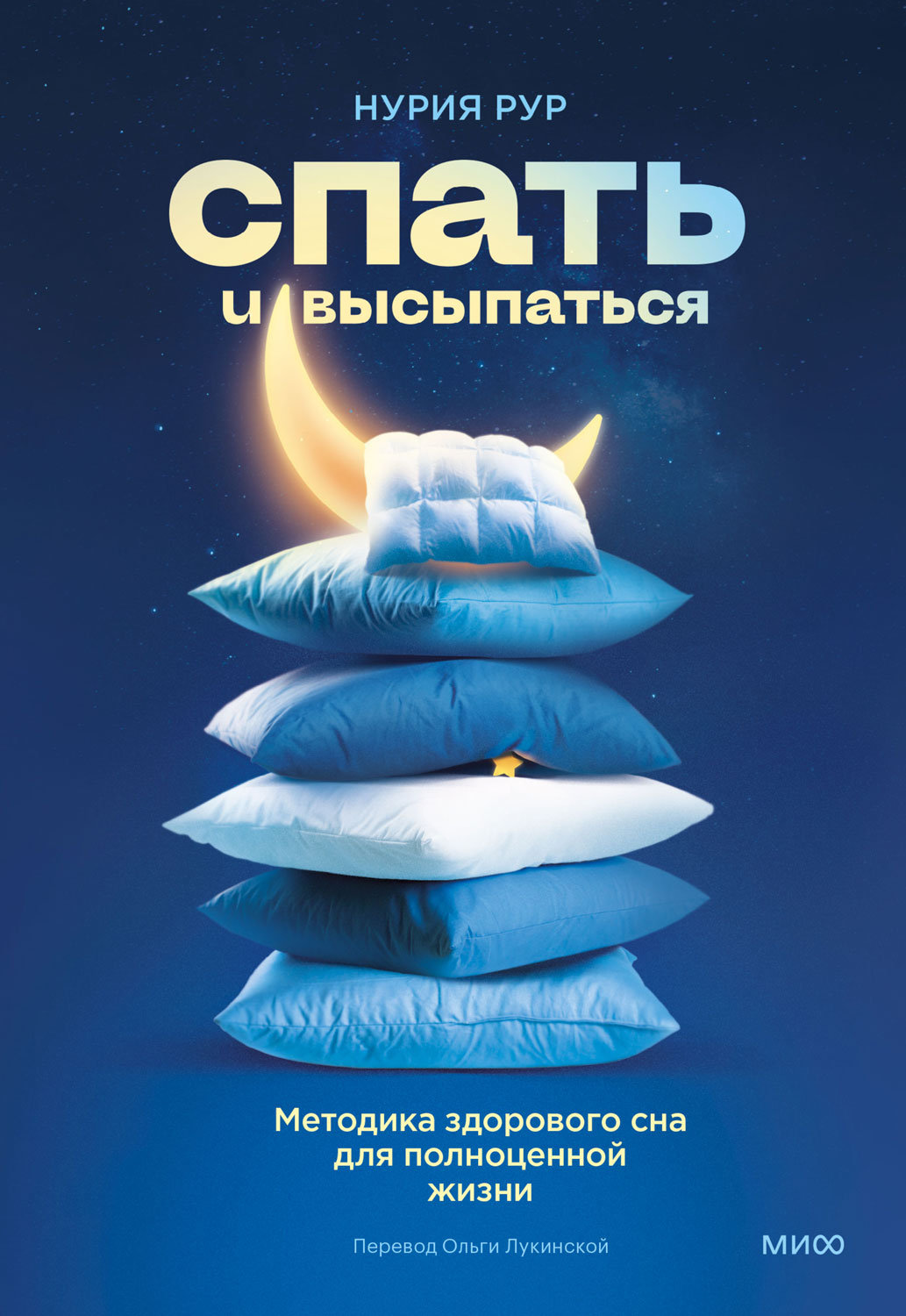Книга Скажи бессоннице нет. Путь к продуктивности, успеху и здоровью - Крис Винтер
Читать книгу Скажи бессоннице нет. Путь к продуктивности, успеху и здоровью - Крис Винтер полностью.
Шрифт:
-
+
Интервал:
-
+
Закладка:
Сделать
Перейти на страницу:
Перейти на страницу:
Книги схожие с книгой «Скажи бессоннице нет. Путь к продуктивности, успеху и здоровью - Крис Винтер» от автора - Крис Винтер:
Комментарии и отзывы (0) к книге "Скажи бессоннице нет. Путь к продуктивности, успеху и здоровью - Крис Винтер"








